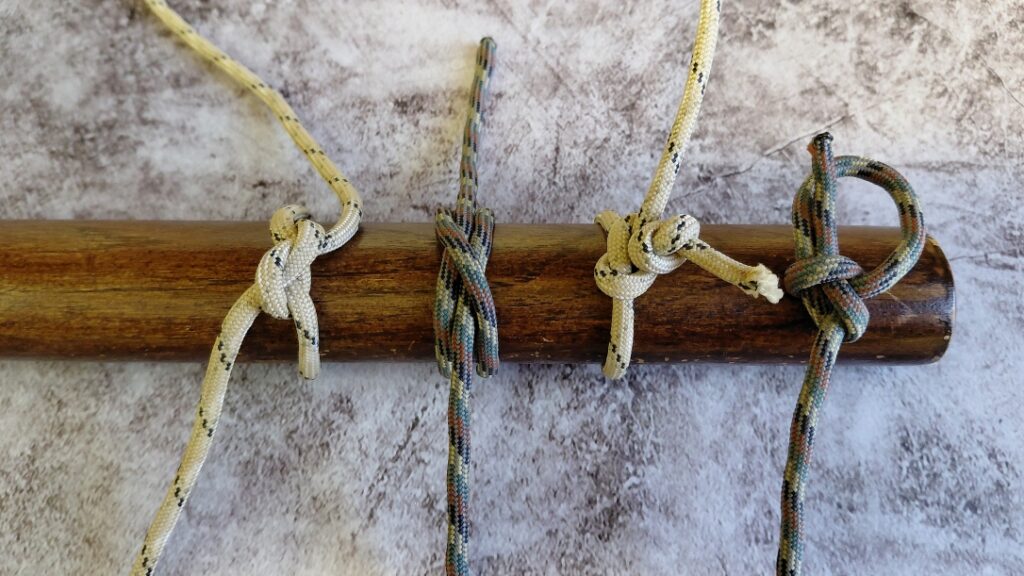Oh boy, let’s dive into holster selection, specifically a focus on basic holster selection. We aren’t going to be playing the acronym game and talking about OWB, IWB, and all that. No, we aren’t talking about the type of holster, who makes it, or where you stash. We are going higher level here. We are going to look at a variety of features that are important when it comes to holster selection. This advice could easily be applied to any holster used for concealed carry.
Rough Order of My Priorities for Holster Selection
It’s tough to make this a traditional listicle where I list the most important features in reverse or standard order. None of these are so much more important than the other. These features are all critical for holster selection, but I pay attention to some more than others. So it’s a rough order of my priorities.
Safety
Well, duh, holster selection is no different than anything else with guns. Safety is the first priority. How does safety apply to holster selection? Well, good question. First, a holster should deny access to your trigger. The trigger should not be exposed when holstered. This prevents anything from getting in between your trigger and holster and firing the weapon.
Advertisement — Continue Reading Below
Speaking of the trigger, the holster shouldn’t have anything that can interact with the trigger. I don’t think I’ve seen a holster that does this intentionally, but plenty that do it accidentally. Lots of soft leather holsters and hybrid holsters will flex after being used for short periods. That flex will occur around the trigger guard and inside the trigger, which can interact with the trigger in a bad way.
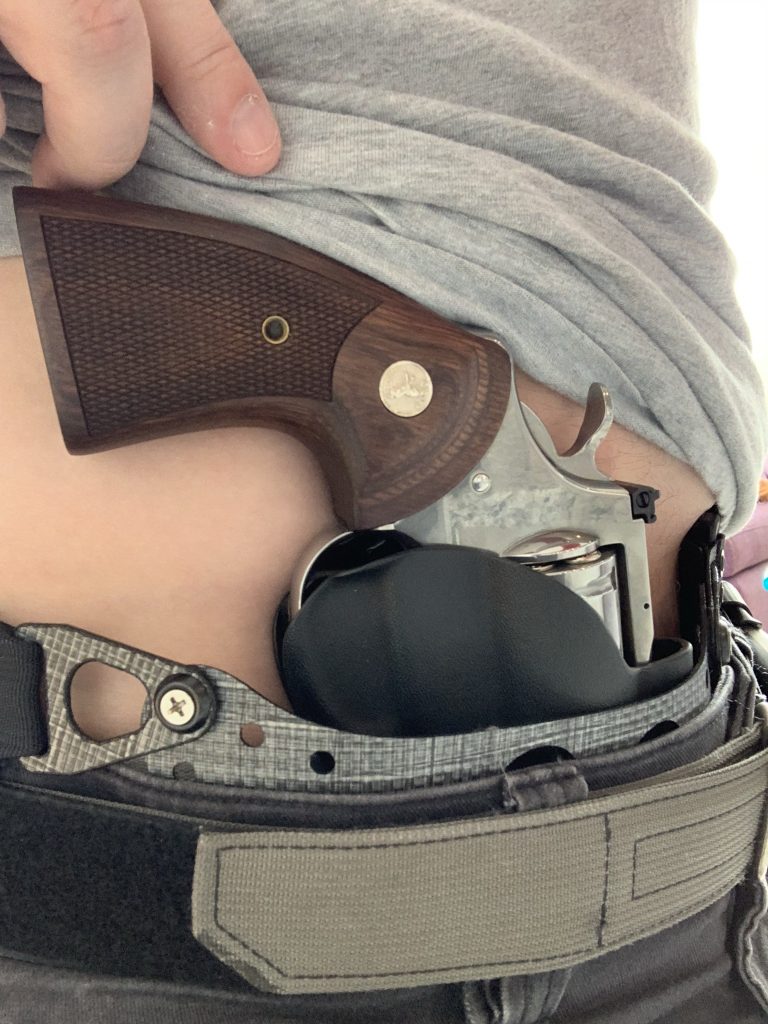
If you go leather, you need to be willing to pick the very best leather makers out there. A good leather holster isn’t a cheap leather holster.
Advertisement — Continue Reading Below
Holsters should be properly fitted to the gun. The gun shouldn’t move around inside the holster unless in the act of drawing or holstering the weapon. If the weapon moves around inside the holster, it’s unsafe and won’t sit still. If it doesn’t sit still, the trigger could easily be interacted, and the weapon fired. Or it could just fall out, embarrassing as well as unsafe.
Security (Inside and Out)
Security is the best term I could use to describe internal and external retention and should be a big factor in holster selection. Internal retention refers to how well the weapon is held within the holster. I see very little need for an active retention device (button, hood, strap, etc.) for concealed carry. However, you don’t want the gun popping out when you climb into your car, stand up too fast, or do any normal movement throughout your day.
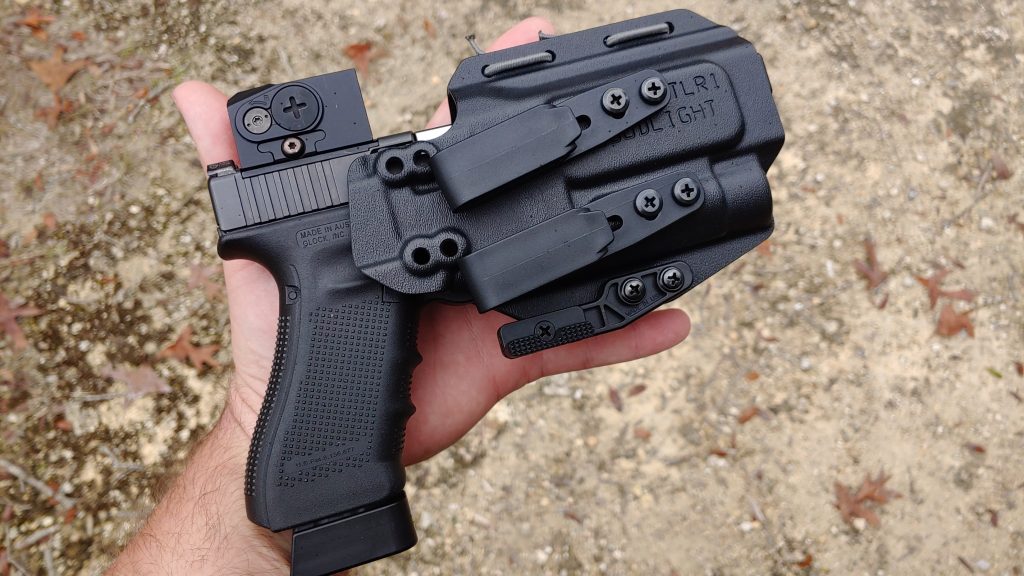
Advertisement — Continue Reading Below
Different people have different requirements, and most modern holsters allow for the adjustment of retention. You can easily increase the retention level by twisting a screw or adjusting a shock cord.
External retention is how the weapon stays put. What clip or loop system does it use to keep the holster and weapon tied to your belt. I avoid FOMI clips and prefer dual clips with belt catches sized appropriately for your belt. Loops also work very well. Avoid cheap, crappy clips that are likely to break, fail, or tend to not properly attach to your belt. I like metal, but it’s not a necessity.
Access
Another big part of holster selection is how fast and easily you can draw the weapon. Drawing involves a proper grip and proper clearance from the holster to achieve. I need to establish a good firing grip before I draw my firearm and act to engage a threat. When the holsters are too tight to the body, you can’t get a solid grip, and if the holster is too loose, the grip won’t remain in a predictable place.
Advertisement — Continue Reading Below
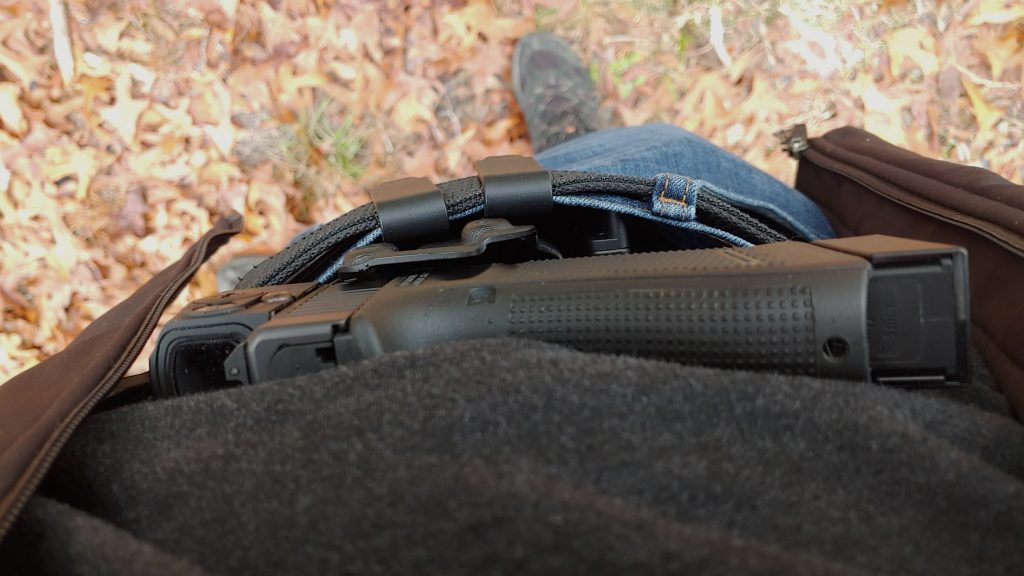
Does the firearm offer enough clearance to clear your pants? If it’s an IWB rig and it’s made poorly, it might sit too low, creating a lip of material over the top of the holster. This can catch a part of your weapon or weapon accessory when drawn.
Reholster
I don’t need to be able to do one of those super quick, cool-looking reholsters. Those are dumb, and dangerous. I do want to be able to safely reholster without drawing my belt or using my other hand to do anything other than clear my cover garment. This means the holster cannot collapse when I draw or reholster.
Advertisement — Continue Reading Below
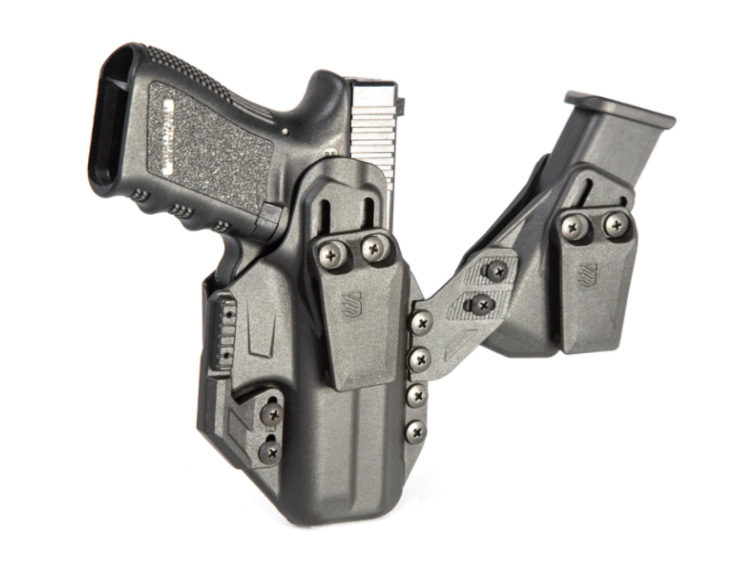
This is where we go back to leather holsters. A good, stiff leather holster won’t collapse after the gun has been drawn. A polymer holster also won’t collapse. If the holster collapse when the gun leaves it, leave that holster in the 1870s.
Concealment
Finally, last but not least, concealment for a concealed carry holster is pretty important. However, it’s often more of a personal thing. Some people conceal different holsters better than others. What can matter is adjustability and modularity. If you can adjust the cant add a foam wedge or a claw, you might be able to help increase concealment.
Advertisement — Continue Reading Below
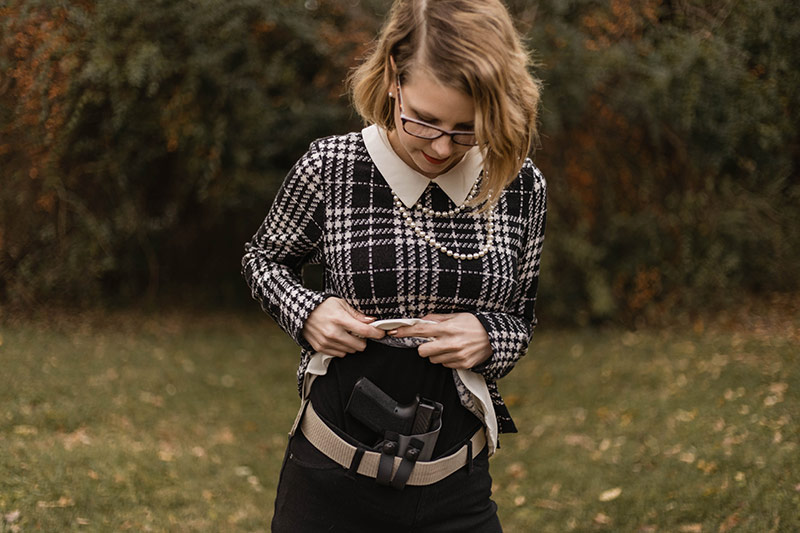
Holster Selection Matters
We spend a lot of time (and money) choosing the right gun and the right ammo for concealed carry. Settling for a holster, you saw in a Facebook ad alone shouldn’t be the norm. Spend the time, and yes, the money, to find a good holster that checks off the priorities listed above.

